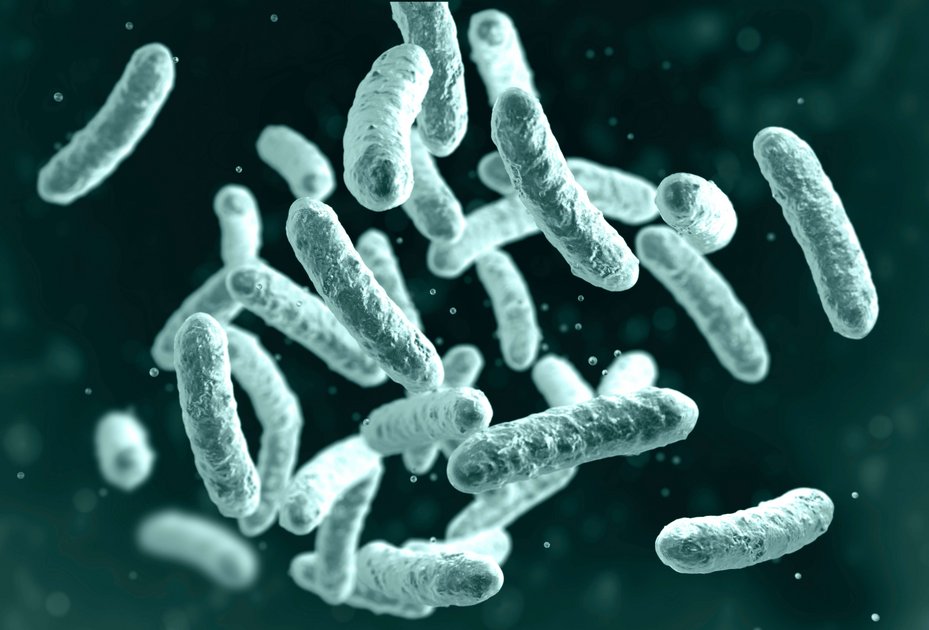- Home /
- University /
- Infoservice /
- Press Releases /
- New insights: Interaction of gut microbiome and host animals
Research
New insights: Interaction of gut microbiome and host animals
Microbiomes of living organisms are a prime example of symbiotic relationships, as guest and host benefit equally. As a guest (symbiont), the microbiome is offered a protected living environment, while the host benefits from health-promoting effects - for example, many metabolic processes in animals and humans are not possible without microorganisms. A recent Austrian-German study led by the University of Veterinary Medicine, Vienna and the Max Delbrück Center for Molecular Medicine in the Helmholtz Association (MDC) has now investigated the eco-evolutionary dynamics of host-microbiome interactions using mice.

Closely related host species have similar symbionts, but the effects of host genetic mixing (hybridization) and environmental conditions on these communities are still largely unknown. “We therefore investigated the influence of host genetic mixing and environmental factors on the prokaryotic and eukaryotic communities - fungi and parasites - in gut of the two house mouse subspecies Mus musculus domesticus and M. m. musculus and their hybrids,” explains study author Susana C. M. Ferreira from the Institute of Wildlife Ecology at Vetmeduni.
Infections and their effect on the gut microbiome
The researchers compared wild-caught mice with inbred mice from a controlled laboratory environment before and during a disruption of the microbiome by an infection. In wild-caught mice, environmental factors clearly predicted the overall composition of the microbiome. The genetic distance between subspecies significantly influenced the overall composition of the microbiome and the individual components - bacteria, parasites and fungi. Although hybridization only had a weak effect, it did have a significant impact on the composition of the fungi. “We observed similar patterns in inbred mice, where genetic distance and hybridization influenced the composition of the microbiome, with fungi being more stable to infection-related perturbations than other components of the microbiome,” says Ferreira.
Genetic differences are reflected in the relationship between host and microbiome
According to Ferreira, the genetic distance between subspecies has a stronger and more consistent effect on the microbiome components than the differences in expected heterozygosity - that is, differences between the hybrids.“This suggests that host divergence and host filtering play a key role in microbiome divergence, which is influenced by environmental factors. Overall, our results suggest that genetic differences between hosts affect the symbiont communities in the gut of the two house mouse subspecies and are reflected in host-symbiont interactions,” explains Ferreira.
The article „Eco-evolutionary dynamics of host-microbiome interactions in a natural population of closely related mouse subspecies and their hybrids“ by Susana C. M. Ferreira, Víctor Hugo Jarquín-Díaz, Aimara Planillo, Ľudovít Ďureje, Iva Martincová, Stephanie Kramer-Schadt, Sofia K. Forslund-Startceva und Emanuel Heitlinger was published in „Proceedings B“.
Scientific article
Scientific contact:
Susana Ferreira PhD.
Institute of Wildlife Ecology(FIWI)
University of Veterinary Medicine, Vienna (Vetmeduni)
Susana.Ferreira@vetmeduni.ac.at